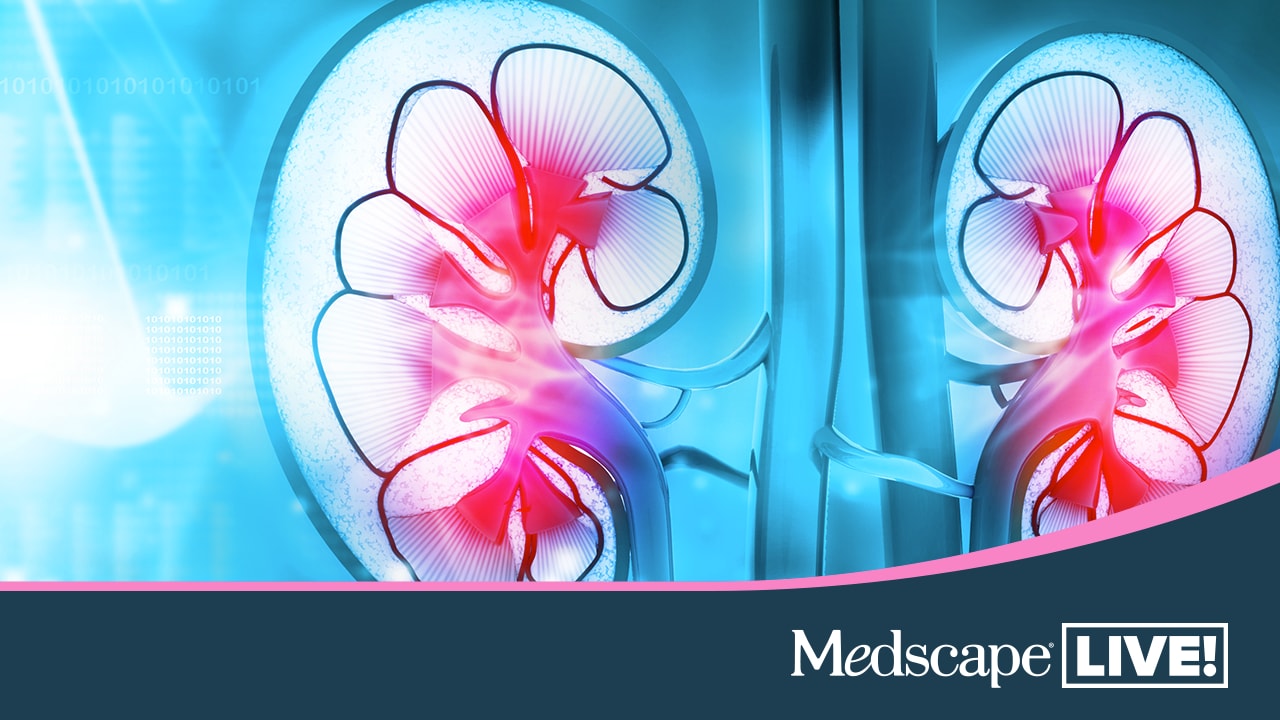The guidelines on cardiopulmonary bypass (CPB) in adult cardiac surgery were released on October 2, 2019, by the European Association for Cardio-Thoracic Surgery (EACTS), the European Association of Cardiothoracic Anaesthesiology (EACTA), and the European Board of Cardiovascular Perfusion (EBCP).[1]
Choice of CPB Circuit
Minimally invasive extracorporeal circulation (MiECC) should be considered over standard conventional CPB systems to reduce blood loss and need for transfusion, as well as to increase the biocompatibility. A combination of MiECC features (eg, coating, centrifugal pump, separation of cardiotomy suction blood, and use of closed systems) should be considered to improve conventional CPB.
Use of Carbon Dioxide Flush
It is recommended that CO2 flush of the CPB circuit before priming be established as the standard of care to reduce gaseous microemboli (GME). CO2 flooding of the operative field may be considered to reduce GME.
Priming Volume in CPB Circuit
The use of modern low-molecular-weight starches in priming and nonpriming solutions to reduce bleeding and transfusions is not recommended.
Retrograde and antegrade autologous primings are recommended as part of a blood conservation strategy to reduce transfusions.
Periprocedural Anticoagulation Management
Activated clotting time (ACT) >480 s during CPB should be considered in CPB with uncoated equipment and cardiotomy suction. Required target ACT depends on the type of equipment used.
Individualized heparin and protamine management should be considered to reduce postoperative coagulation abnormalities and bleeding complications in cardiac surgery with CPB.
In the absence of individual heparin dosing tools, it is recommended that ACT tests be performed at regular intervals according to institutional protocols, and heparin doses have to be given accordingly.
Protamine overdosing should be avoided in order to reduce postoperative coagulation abnormalities and bleeding complications in cardiac surgery with CPB.
In patients with contraindications to heparin and/or protamine usage and in need of an operation requiring CPB, anticoagulation with bivalirudin should be considered. In such patients who have significant renal dysfunction, argatroban may be considered.
Acid-Base Balance and Electrolyte Management
Alpha-stat acid-base management should be applied in adult cardiac surgery with moderate-to-mild hypothermia to improve neurologic and neurocognitive outcomes.
Maintenance of a normal pH (7.35-7.45) and avoidance of hyperchloremic acidosis should be considered in order to reduce the risk of postoperative complications.
Magnesium sulfate may be considered perioperatively for prophylaxis of postoperative arrhythmias.
Medscape © 2019 WebMD, LLC
Any views expressed above are the author's own and do not necessarily reflect the views of WebMD or Medscape.
Cite this: Cardiopulmonary Bypass in Adult Cardiac Surgery Clinical Practice Guidelines (2019) - Medscape - Nov 04, 2019.







Comments